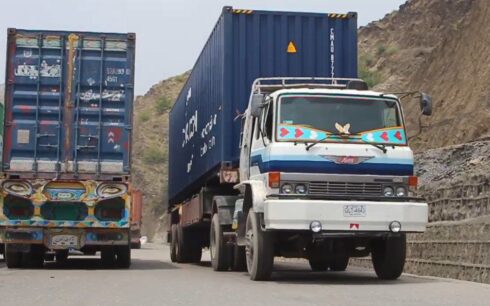The World Bank Group announced on Thursday that its executive board has approved a new strategy to aid Afghanistan, allocating about $300 million from its International Development Association (IDA) fund for poor countries.
This funding will be channeled through United Nations agencies and other international organizations.
The bank stated that these funds will not be under the control of Afghanistan’s Taliban leadership and will support critical services such as food, water, health, education, and jobs, complementing the efforts of the Afghanistan Resilience Trust Fund (ARTF).
This decision marks the first deployment of World Bank’s own funds to Afghanistan since the Taliban’s takeover in August 2021. Since then, ARTF has directed $1.5 billion in donor aid to assist approximately 25 million Afghans.
The IDA fund, replenished every few years by donor countries, provides grants and concessional loans to the world’s poorest nations. Its current $93 billion fund is due to conclude in 2025. World Bank President Ajay Banga has urged for a record-setting replenishment in the next round, as demands for IDA funding increase.
The World Bank’s new “Approach 3.0” for Afghanistan aims to deliver large-scale basic services, support employment through microfinancing income-generating activities, and encourage private-sector aid delivery.
Continuing its ARTF principles, the World Bank emphasized focusing on women-centered projects, despite the Taliban’s policies that restrict women’s rights, particularly in education.
A World Bank spokesperson noted that the $300 million allocation will be available until June 30, 2025, covering the rest of this fiscal year and the entire next fiscal year.




